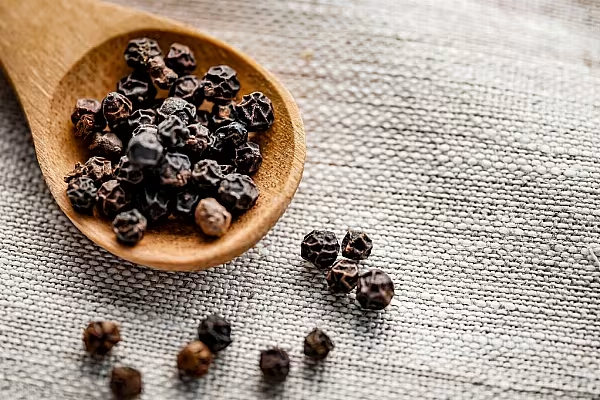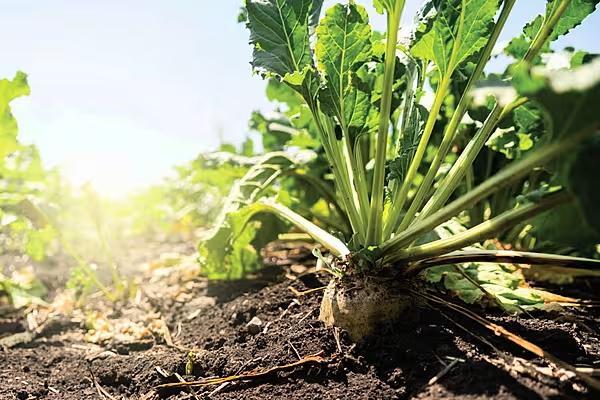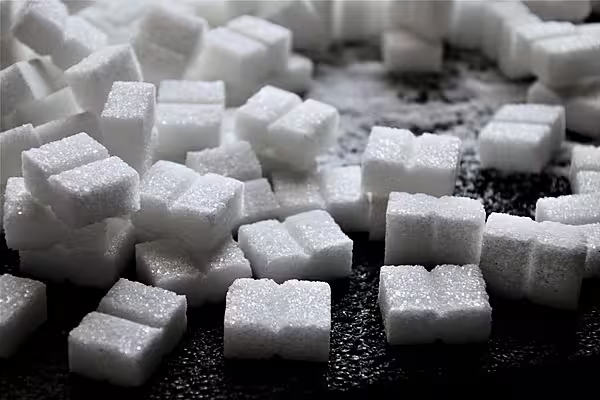Merger-and-acquisition activity in the food-and-beverage ingredient sector is likely to continue to see growth in the coming years, amid rapid expansion in developing markets and the growing importance of factors such as functional benefits, sustainability, and clean-label claims, Oghma Partners has noted.
The corporate finance house noted that despite more consolidation in the market, the food ingredient industry is ‘diverse’, with large corporations operating alongside a range of smaller, niche companies.
This is likely to prompt large firms to acquire small ones to reduce competition, gain access to new markets, and meet demands when it comes to sustainability and innovation.
Significant mergers, such as IFF’s tie-up with DuPont and DSM’s acquisition of Firmenich, are an indication of how the industry is being reshaped towards sustainable ingredient solutions.
‘Evolving Consumer Demands’
“Formulators in the food-and-beverage industry face increasing challenges in meeting evolving consumer demands,” commented Mark Lynch, partner at Oghma Partners. “The global economic environment, paired with shifting preferences towards functional benefits, clean-label claims and sustainability, requires companies to adapt quickly. Suppliers and formulators must navigate the complexities of reformulating products while maintaining optimised value and staying attuned to consumer needs.”
Valuations in the sector have remained subdued in recent years – following a dip in 2022, Ogham Partners noted – however, they are expected to stabilise soon.
Global Food Ingredient Market
Estimates of the size of the global food ingredient market (as of 2023) vary, based on definitions, noted Ogham Partners, with some broad assessments placing its value as high as $335.3 billion (€300.1 billion). A large portion of the market volume is dominated by low-margin commodity products, such as flour and sugar.
Excluding commodity products, the Eastern European food ingredient market is projected to grow at a compound annual growth rate (CAGR) of 1.1% between 2020 and 2027, while growth in Western Europe is expected to be more modest, with a CAGR of 0.4% over the same period.











